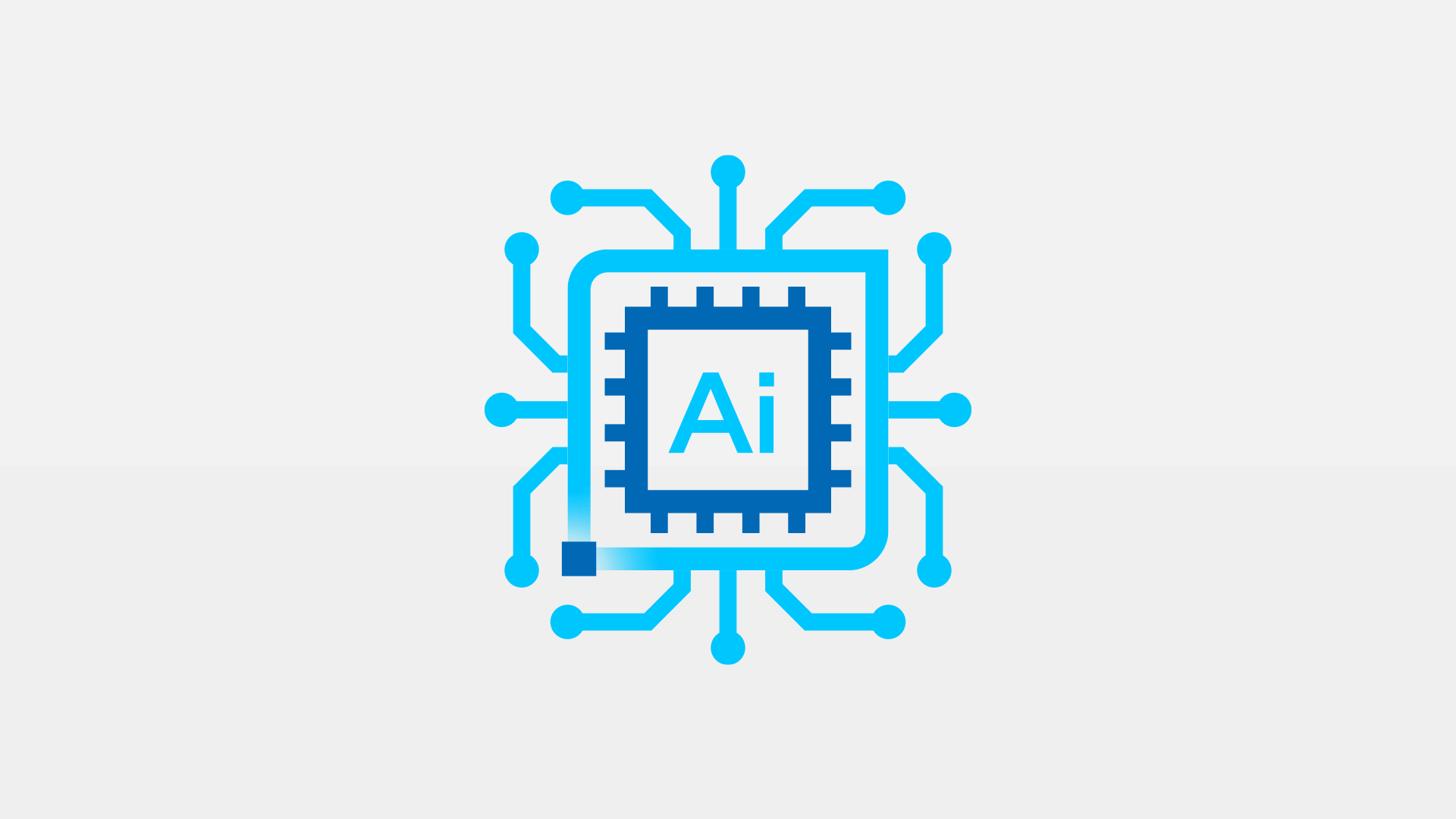Intel is overhauling its AI hardware strategy with Jaguar Shores, a next-generation AI accelerator platform that marks a radical shift from chip-centric design to rack-scale integration. Slated for a 2026 release, Jaguar Shores is Intel’s boldest response yet to the dominance of NVIDIA and the accelerating growth of data center AI workloads.
This pivot includes the cancellation of Falcon Shores, a once-hyped hybrid CPU-GPU project. Rather than continuing development on that standalone chip, Intel has repositioned Falcon Shores as an internal test vehicle and placed its full strategic weight behind Jaguar Shores—a full-stack, workload-specific AI system.

What Is Jaguar Shores?
Jaguar Shores isn’t just another chip—it’s an entire AI infrastructure platform, designed from the ground up to function at the rack level. That means it will combine Intel’s most advanced components, including:
- Xeon CPUs for general-purpose compute
- GPUs and custom accelerators for parallel processing
- IPUs/DPUs for network and storage offloading
- Silicon photonics for ultra-fast, low-latency interconnects across the rack
Intel refers to this approach as a “rack-scale AI solution,” which represents a departure from traditional chip-based products in favor of vertically integrated systems—similar in spirit to what hyperscalers like Google and Microsoft are doing internally.
Why Falcon Shores Was Shelved
Originally designed as a hybrid CPU-GPU part, Falcon Shores was a flexible concept. But amid delays, architectural complications, and a rapidly evolving AI market, Intel recognized that such a component would struggle to compete in a world increasingly dominated by integrated AI stacks.
Falcon Shores will now serve as a prototype platform, helping test and validate technologies destined for Jaguar Shores. This allows Intel to accelerate development without risking a commercial flop.
Key Features and Innovations of Jaguar Shores
| Feature | Details |
|---|---|
| Process Node | Built on Intel 18A, featuring RibbonFET transistors and PowerVia |
| Integration | Combines CPU, GPU, IPU, and networking into one rack-scale platform |
| Target Workloads | Focused on AI inference, model deployment, and data center optimization |
| Silicon Photonics | Enables high-speed, low-latency interconnect across components |
| Modular Design | Designed to scale with custom configurations for enterprise AI use cases |
| Release Window | Expected in 2026 |
Intel’s 18A process node is especially significant—it marks the company’s return to leading-edge manufacturing with gate-all-around transistors and backside power delivery, two innovations expected to dramatically improve performance-per-watt.
Intel’s Strategy: Competing Beyond the Chip
While NVIDIA has dominated with GPUs like the H100 and platforms like DGX, Intel’s answer is not a GPU—it’s a platform. Jaguar Shores aims to deliver a complete AI solution at the system level, not just a component to plug into someone else’s data center.
This approach mirrors recent trends among hyperscalers who are building custom infrastructure for training and inference (e.g., Google TPU pods, Microsoft Maia AI systems). Intel wants to be the company that provides the modular building blocks for everyone else to do the same.
It’s also a defensive move. AMD is gaining traction in AI with its MI300 line, and NVIDIA is pushing its software ecosystem hard. Intel’s response is to build hardware and software co-designed systems from the ground up.
Market Positioning and Outlook
Intel’s AI hardware market share lags behind NVIDIA’s, but Jaguar Shores could be a turning point. Here’s how Intel’s lineup shapes up going forward:
| Product | Purpose | Status |
|---|---|---|
| Gaudi 3 | Budget-friendly AI accelerator | Shipping, limited traction |
| Falcon Shores | Internal testing platform | Canceled commercially |
| Jaguar Shores | Full-stack rack-scale AI solution | In development, due 2026 |
The real question is whether customers—especially cloud providers and enterprise AI developers—will adopt Intel’s integrated model over more flexible GPU-based solutions. Intel is betting on performance, efficiency, and customization to win them over.
Bottom Line
Jaguar Shores signals a foundational change in how Intel approaches AI hardware. By moving from discrete chips to rack-scale systems, Intel is following industry momentum toward composable, scalable AI infrastructure—and betting that its 18A node, silicon photonics, and system integration expertise can carve out a competitive position in a market that’s currently ruled by NVIDIA.
This isn’t just a new processor. It’s Intel trying to reclaim relevance in the most important computing shift of the decade.
Key Takeaways
- Intel has scrapped Falcon Shores in favor of Jaguar Shores, a comprehensive rack-scale AI solution for data centers.
- The 18A process node will power Intel’s new AI strategy, enabling more efficient and powerful computing capabilities.
- This shift toward system-level solutions shows Intel’s adaptation to changing demands in cloud-based artificial intelligence infrastructure.
Intel’s Rack-Scale AI Strategy With Jaguar Shores and the 18A Process Node
Intel is shifting its AI approach with Jaguar Shores, focusing on rack-level design and integrated silicon photonics on its advanced 18A process node to meet growing data center demands.
Overview of Jaguar Shores and 18A Process Node
Intel has redefined its AI strategy by positioning Jaguar Shores as a rack-scale solution rather than just a standalone chip. This marks a significant pivot from the previously planned Falcon Shores, which has been repurposed as an internal test chip.
The 18A process node represents Intel’s most advanced manufacturing technology, featuring improved transistor design and power efficiency. This node is critical for Intel’s competitive positioning against TSMC and Samsung.
Jaguar Shores integrates silicon photonics directly into the architecture, enabling faster data transfer between chipsets in the rack. This approach tackles one of AI’s biggest bottlenecks: moving massive amounts of data between processing units.
Unlike traditional single-chip solutions, the rack-scale design allows for modular arrays of processing units that can be configured based on specific AI workload requirements.
Impact on Artificial Intelligence and Analytics
Intel’s rack-scale approach could transform how AI training and inference are handled in data centers. By optimizing at the rack level, companies can scale AI capabilities more efficiently than with individual accelerators.
The system is designed to support workload-specific full-stack solutions for AI, addressing the needs of different types of artificial intelligence applications from one integrated platform.
Businesses running complex analytics will benefit from the architecture’s emphasis on data movement efficiency. The silicon photonics integration reduces latency when processing large datasets.
Intel is targeting more than 100 million AI PC shipments by the end of 2025, with technologies developed for Jaguar Shores potentially filtering down to consumer products.
The modulation techniques used in the photonics components allow for greater data density, enabling more complex AI models to run efficiently.
Implications for Global Technology Competitiveness
Intel’s investment in advanced rack-scale AI infrastructure positions the company to compete more effectively with Nvidia in the data center market. This represents a strategic shift in how Intel approaches the AI acceleration space.
The 18A process node development gives Intel potential manufacturing advantages over companies relying on TSMC, including Qualcomm and MediaTek. This technology iteration could restore Intel’s edge in semiconductor production.
Current geopolitical tensions with China and export restrictions make Intel’s domestic manufacturing capabilities increasingly valuable to U.S. technology leadership.
The macro economic impact could be substantial if Intel succeeds in its AI strategy, potentially creating new supply chains centered around integrated photonics and specialized AI hardware.
Intel’s focus on system-level solutions signals a recognition that winning in AI requires more than just faster chips—it needs complete, optimized infrastructures.
Applications, Security, and Industry Impacts of Rack-Scale AI
Intel’s shift to rack-scale AI solutions brings major implications for various sectors from national security to industrial applications, while simultaneously creating new concerns around data privacy and cybersecurity that must be addressed.
National Security and Surveillance Advances
Rack-scale AI infrastructure significantly enhances intelligence gathering capabilities for government agencies. These systems process massive surveillance datasets in real-time, improving threat detection across borders and public spaces.
Military applications benefit from faster reconnaissance analysis, with drones and satellites feeding data directly to rack-scale systems for immediate tactical insights. This improves response times in critical situations.
Countries investing in this technology gain strategic advantages in monitoring activities related to initiatives like China’s Belt and Road. The computing power enables complex pattern recognition across communication networks, including 4G and 5G signals.
Intelligence agencies can now run simulations and predictive models that were previously impractical due to computing limitations, creating new capabilities for analyzing global security threats.
Productivity, Decision Making, and Industrial Revolution Implications
Businesses implementing rack-scale AI see dramatic productivity improvements through advanced decision support systems. Complex data that once required teams of analysts can now be processed automatically, with insights delivered through familiar tools like Microsoft Excel.
Manufacturing benefits from real-time quality control and predictive maintenance, reducing downtime and improving output quality. The systems continuously monitor production lines, flagging issues before they cause failures.
Intel’s rack-level solutions enable smaller companies to access AI capabilities previously limited to tech giants, democratizing advanced analytics across industries.
Science and technology research accelerates as rack-scale systems process experimental data faster, leading to breakthroughs in materials science, drug discovery, and climate modeling.
Risk Management, Security Measures, and Cyberattack Mitigation
The concentration of computing power and data in rack-scale systems creates new security challenges. Organizations must implement multi-layered security protocols to protect these high-value targets from sophisticated cyberattacks.
Physical security becomes equally important, with restricted access areas, biometric controls, and constant monitoring of hardware. Environmental controls must be robust to prevent service disruptions.
Intel’s strategic pivot includes building security features directly into hardware, creating protection at the silicon level. This approach reduces vulnerabilities that software-only solutions might miss.
Remote management capabilities allow for quick responses to threats, but must themselves be secured against unauthorized access. Conditional access systems limit control based on user roles and verification status.
Assets, Data Consent, and Personal Data Considerations
Organizations deploying rack-scale AI must address serious privacy concerns. Clear consent frameworks are essential when processing personal data, especially when combining datasets from multiple sources.
Data governance becomes more complex as these systems can extract insights from seemingly unrelated information. Policies must specify how derived intelligence can be used and shared.
Asset management extends beyond hardware to include the data itself as a valuable resource requiring protection. Companies must track what information enters these systems and how results are distributed.
Regulatory compliance varies globally, with different regions imposing stricter requirements on data usage. Rack-scale deployments need flexible configurations to adapt to these varying standards while maintaining operational effectiveness.
Frequently Asked Questions
Intel’s shift toward rack-scale AI computing and advanced process nodes represents significant changes in their hardware strategy and market positioning. These developments impact everything from chip architecture to data center design.
What advancements does Rack-Scale AI represent in Intel’s product lineup?
Rack-Scale AI marks a strategic pivot for Intel, moving beyond individual chips toward integrated system-level solutions. Intel has cancelled its planned Falcon Shores AI accelerator to focus on this new approach.
This architecture aims to optimize entire racks of computing resources rather than isolated components. The design emphasizes workload-specific full-stack solutions that can be tailored to specific AI applications.
Silicon photonics plays a key role in this architecture, enabling faster data movement between components with reduced power consumption.
How does the 18A process node improve upon previous semiconductor technologies?
Intel’s 18A process node represents approximately an 18 angstrom (1.8nm) manufacturing technology, significantly smaller than previous nodes.
The node utilizes Intel’s RibbonFET transistor architecture, which provides better current control and switching speed compared to traditional FinFET designs.
Power efficiency improves substantially with 18A, allowing for higher performance within the same thermal envelope. This advancement enables more transistors to be packed into chips while maintaining reasonable power consumption.
What are the expected performance gains from Intel’s Jaguar Shores platform?
Jaguar Shores, named as Intel’s next-generation AI chip, promises substantial performance improvements for AI workloads. It succeeds the cancelled Falcon Shores project with a more holistic approach.
The platform will likely excel at both training and inference tasks for large language models and other complex AI applications. Early projections suggest significant increases in compute density and memory bandwidth.
Integration with Intel’s rack-scale designs means performance gains will come not just from raw chip improvements but from system-level optimizations.
What are the implications of Intel’s new technologies for data center efficiency and scalability?
The rack-scale approach allows for more efficient resource utilization across computing, memory, storage, and networking. This reduces wasted capacity that often occurs with individual server deployments.
Power consumption and cooling requirements should improve through better workload orchestration and the use of advanced process nodes like 18A.
Data centers can scale more effectively with Intel’s rack-scale solutions, adding capacity in optimized chunks rather than through individual servers or components.
How does Intel’s strategy with Rack-Scale AI and the 18A node align with current industry trends?
The industry is increasingly moving toward specialized AI infrastructure rather than general-purpose computing. Intel’s rack-scale approach mirrors this trend toward purpose-built AI solutions.
Cloud providers and enterprise customers now demand more energy-efficient computing options, which Intel addresses through both process node advancements and system-level optimization.
Many competitors are pursuing similar vertical integration strategies, combining silicon design with system architecture to create more cohesive AI platforms.
What markets or sectors stand to benefit most from Intel’s recent developments in AI and rack-scale computing?
Cloud service providers will likely be the primary beneficiaries, gaining more efficient infrastructure for hosting AI services at scale. The density improvements enable more computing power in the same physical footprint.
Financial services organizations running complex risk models and trading algorithms can leverage these systems for faster processing and improved accuracy.
Healthcare research facilities working with genomic data and drug discovery will benefit from the enhanced processing capabilities for data-intensive AI models.
Enterprise customers with growing AI needs will find rack-scale solutions easier to deploy and manage than building custom clusters from individual components.







